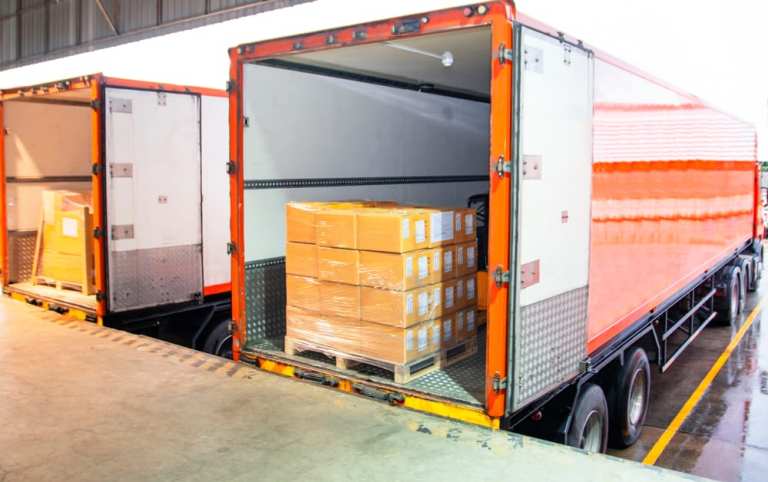
Retail spending may be helping to spur freight volumes, and to push already lofty pricing higher. That’s because consumer demand is picking up, but retail inventories are relatively low.
To that end, as reported in Commercial Carrier Journal, with reporting from online sessions held by FTR, freight demand is strong now – but there’s still uncertainty ahead.
As Eric Starks, president and CEO of FTR, was quoted as saying, high demand and low inventories “put pressure on the movement of goods.” He added that “we’ve seen huge strength coming into the West Coast ports.” Yet he questioned whether that strength could continue, as the economy continues to be hit by the pandemic. Economic data, according to Starks, has not indicated that things are back to normal.
Against that backdrop, spot markets, which comprise about 10 percent to 15 percent of volumes, have been tight. And as The Wall Street Journal reported earlier this month, trucking firms are seeing stronger demand as retailers and manufacturers seek to restock ahead of anticipated demand. The firms Old Dominion Freight Line and Saia said that tonnage has been up as measured through the first several weeks of the first quarter. In the case of Old Dominion, daily tonnage was up 2.4 percent in August.
Elsewhere, CCJ reported, Avery Vise, FTR’s vice president of trucking, said that shippers have been willing to pay more in order to make sure they have the capacity to meet anticipated demand.
“More and more shippers are saying, ‘I will pay extra for certainty.’ That’s not a mentality that existed for a long, long time,” said Vise. Many shippers are examining the possibility of tapping “for hire” fleets.
This is all a far cry from just a few months ago – April, in fact. Back then, the Journal noted that trucking demand was “falling off a cliff,” as one headline read. Small operators with six or fewer trucks make up 90 percent of the operators in the U.S. – and freight loads that would have garnered, say, $1,000 were in fact getting only $300.
Data posted by DAT show that flatbed spot rates for the week that ended Sept. 13 were up 1.5 percent versus the prior week. For the month of August versus July, flatbed spot rates were up 4.1 percent. As measured in August, year over year, those rates were up 4.2 percent.
And as the American Journal of Transportation noted this week, spot truckload rates are near all-time highs. The DAT Truckload Volume Index, which exists as a measure of dry van, refrigerated freight and flatbed loads, was up 1.1 percent from last month and was 0.8 percent higher than August 2019.
The holiday season looms, of course, and as noted here, various companies have been exploring the use of technology to help with freight loads and financing. In only one example, Uber Freight (focused on trucking), announced new features over the summer that will aid small businesses. Those include enhanced billing and pricing, with options for credit cards.
And separately, late last month, freight broker financing startup Axle announced $27.7 million in funding. Axle offers cash flow management solutions to freight and logistics companies through a combination of financing and back-office automation solutions to help industry players manage cash flow through supply chains.